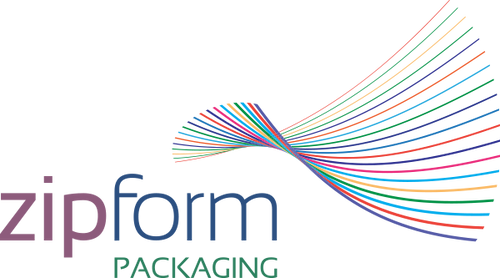With stretch ESG targets, regulatory compliance and consumer demand, brands are facing pressure from all directions in the transition to alternative packaging.
Many larger brand owners with ESG targets are actively driving packaging changes, usually more often those who have a declared strategy to reduce plastic consumption.
PepsiCo announced this month the scaling back of their 2021 climate and sustainable packaging goals, citing “external realities” including volatile trade conditions and higher supply chain costs – it appears that not even the largest of brands are immune to transitional challenges.
Transitional challenges
For brand owners looking to make the transition to rigid fibre packaging from other forms of packaging, the shift naturally brings additional considerations. Beyond the push for improved recyclability – something consumers increasingly expect and value - our industry is working to increase the amount of post-consumer recycled content in the packaging we produce.
Ultimately, the role of packaging is to protect and preserve the product, so brand owners must ensure that shelf life or stability remain a key focus during the transition to fibre packaging – making sure it’s at least comparable to, if not an improvement on their existing packaging. While consumer demand is clearly shifting towards more sustainable options, their expectations around product quality and experience remain. They can be fickle and quick to switch brands, with the onus then on the brand owner to ensure a change to packaging doesn’t compromise their expected experience.
In Australia, we are seeing retailers leading the way by implementing more sustainable packaging for their own home brand products, aiming to influence brand owners by showcasing their successful transitions. This approach is gaining traction in our market, however switching to another form of packaging is not an overnight process – particularly as brand owners must ensure those same retailers are supportive of the change.
The spread of paperisation
With “paperisation” a term quite commonly used in the packaging industry, questions have been raised as to whether paper-based packaging can be used for all products. Obviously Zipform Packaging is a manufacturer of fibre-based packaging and as such we do promote its versatility, but it’s important that our customers clearly define and determine performance characteristics required, whether that is barrier properties or packaging strength.
Whilst paper may not be the right fit for every product, in most cases, fibre-based rigid packaging is a viable alternative to rigid and flexible plastic packaging.
We are seeing growing interest and adoption of fibre-based rigid packaging, however there are differences in the speed of uptake on a worldwide scale. Europe is generally leading the way as we see a lot of material developments come from there, and they are well advanced in developing fibre-based materials with barrier that are also recyclable – a process that is accelerating against a backdrop of increased packaging legislation.
In other markets, the USA is generally lagging on the transition, most likely due to the strong influence of the oil/plastics industry, however some states are more advanced than others. The Asia Pacific region is what I consider to be a mixed bag, as many countries just don’t have the waste recycling infrastructure which is required to support recycling and material transitions.
Innovation is not a destination, it's a journey
As an example of our innovation journey, the future of linear formed fibre for rigid packaging is promising, given linear forming as employed at Zipform Packaging, provides a way to create scalable and recyclable paper bottles at speed. Whilst we are at an exciting point in the “paperisation” journey, the call to continue to innovate is strong.
We’re mapping out a clear pathway to improved sustainability for brand owners through our linear-formed fibre packaging solutions. The materials used today that we have termed GEN1, have around 92% fibre content, are kerbside recyclable in Australia and have over 60% post-consumer recycled content. The next innovations termed GEN2 and GEN3 not only maintain the recycled content but have fibre content of 95% and 97% respectively. We are swapping out the PE (polyethylene) with a heat sealable coating and in the case of GEN3 remove aluminium foil completely from the wall of the packaging.
We anticipate that exceeding 95% fibre content will provide a high level of futureproofing for brand owners when selecting sustainable packaging materials, whilst also aligning to the evolving legislation both here in Australia and globally. Current projections indicate that these materials will be commercially available during 2026.
